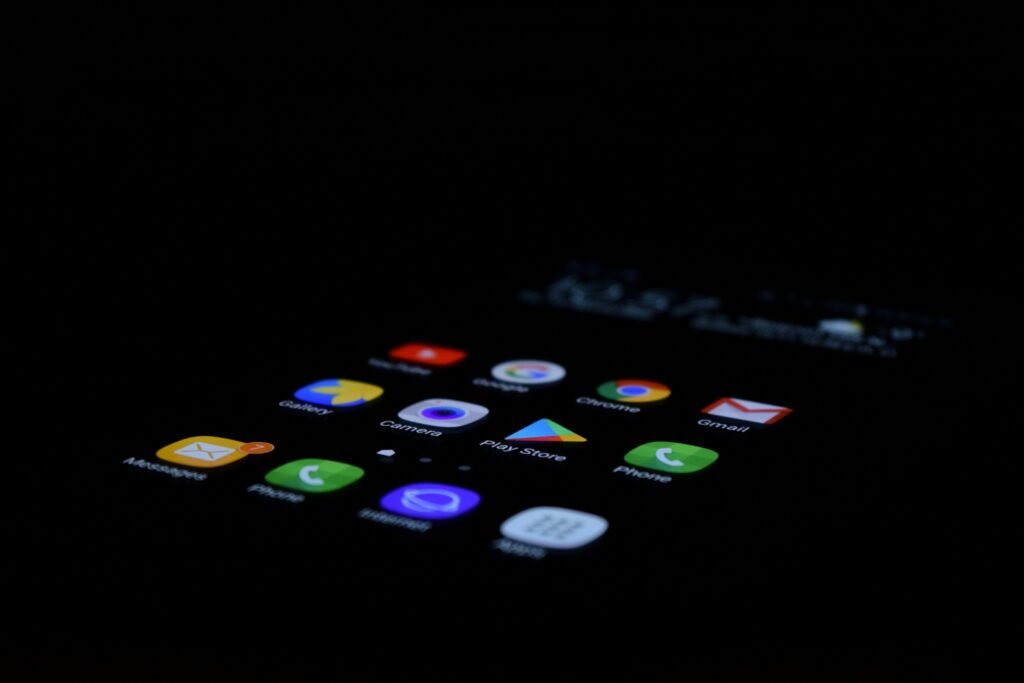
In an age where our phones often feel like an extension of our hands, the idea of a ‘digital detox’ has become wildly popular. but when researchers at the University of California, Irvine tracked 40 people through various digital detox methods, they discovered something surprising: the participants who tried complete digital fasts reported higher stress levels and more anxiety than those who made smaller, strategic changes to their screen habits.
The message is clear: Quitting screens is the only way to feel sane again, but here’s the compelling truth the research revealed: you don’t need to go completely offline to reclaim control over your digital life. In fact, many so-called digital detox solutions are built on myths, and there’s science to prove it.
Myth 1: You Have to Quit Screens to Feel Better
Reality: Going completely offline seems appealing, but it’s rarely realistic or essential for the average person. Digital withdrawal may provide short term comfort, but lasting wellness comes from establishing healthy limits, not ditching your technology entirely.
According to researchers, mindful tech use, not total avoidance, is the key to improved mental health outcomes. One study in Nature Human Behaviour found that how people engage with technology is more important than how much time they spend on it.
Try this instead:
- Schedule screen-free windows (e.g., 30–60 minutes before bedtime).
- Use apps like Forest or Freedom to reduce distractions.
Myth 2: Social Media is Built to be Bad for You
Reality: The platform isn’t a problem, our usage patterns are. Social media can promote relationships, inspiration and genuine emotional wellness. However, when consumed mindlessly, it can trigger increased anxiety, isolation, and self doubt.
A 2020 study published in ‘Current Opinion in Psychology’ highlights that active engagement (commenting, messaging, sharing) is linked to more positive outcomes than passive use (scrolling without interacting).
Try this instead:
- Curate your feed- unfollow or mute accounts that drain your energy.
- Follow creators and pages that uplift, educate or inspire you.
Myth 3: Staying Connected 24/7 Boosts Your Output
Reality: Being constantly available actually reduces productivity and increases stress.
The American Psychological Association (APA) notes that frequent digital interruptions like pings, notifications, and emails fragment our attention, making it harder to concentrate or complete tasks efficiently.
Try this instead:
- Turn on ‘Do Not Disturb’ during deep work or focus sessions.
- Batch check emails and messages at specific times.
Myth 4: Screen Time Solely Determines Digital Health
Reality: Not all screen time is created equal. An hour of FaceTiming a friend or watching an educational video is vastly different from an hour of doomscrolling the news.Experts suggest that intent and quality of screen use are better predictors of mental well-being than time alone.
Try this instead:
- Reflect on how tech use makes you feel before and after.
- Replace low reward use with high reward activities like learning or creating.
Thoughts
Digital detox culture often relies on guilt, shame, or fear making us feel broken for living in the world we’ve built. Sustainable wellness doesn’t mean escaping tech, it means redefining your relationship with it, the same way you’d nurture any important relationship in your life.
You don’t need to disappear from the digital world to feel well, just become a more mindful part of it. Your well-being isn’t waiting for you on the other side of a digital detox. It’s here, right now, in how you choose to engage with the screen in front of you.
Last Updated on: Wednesday, June 11, 2025 9:46 pm by Sonal Gramopadhye | Published by: Sonal Gramopadhye on Wednesday, June 11, 2025 9:46 pm | News Categories: General, Lifestyle, News